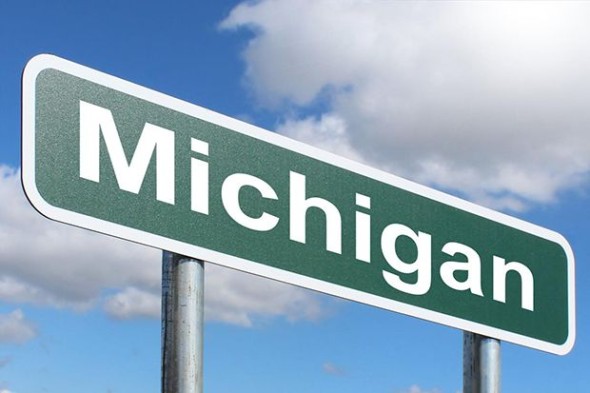Update from Michigan: Camp NARUC
Posted on August 23, 2018 by Will Gehrke
Tags, General Interest

The Institute of Public Utilities at Michigan State University recently hosted Camp NARUC (National Association for Regulated Utility Commissioners), a training conference that is meant to provide an introduction to the basics of utility regulation. I had the pleasure of attending the first week of this conference. The conference covered a wide variety of topics such as energy law, FERC jurisdiction, incentive regulation, and the regulation of electric and natural gas industries.
One of the major topics discussed at the conference was the future of cost of service regulation. Under the cost-of-service model, utilities set rates based on their actual expenses, but investor owned utilities earn a profit on their capital investments, rather than their operating expenses. Capital investments are fixed assets that are expected to be productive over several years, such as transmission lines, or gas distribution pipelines. In the past, more intensive capital investment was required by utilities to expand a growing system. Some areas in the United States are experiencing decreasing energy usage or decreasing customer growth. This is a major concern for regulated utilities because declining future capital investment could harm the future profitability of the companies. Utility regulators across the country are grappling with cost of service regulation and evaluating whether the model is appropriate moving into the future.
SB 978, a bill passed in the 2017 Oregon legislative session, ordered the PUC to establish a process for investigating these and other issues with the current and future model of electric utility regulation in the state. In the ensuing investigation process, PacifiCorp and Portland General Electric have advocated for performance regulation (also called “incentive” regulation). Janice Beecher, the director of the Public Utilities Institute, cautioned regulators against moving from a cost of service regulatory model to performance regulatory model, due to the massive information asymmetry between regulators and the utilities. It was eye-opening to see that other states are considering the same issues that Oregon is in the SB 978 process.
Four industries were covered at this conference: water, telecommunications, electricity, and natural gas. Water regulation was a hot button issue at the conference due to the Flint, Michigan water crisis. Flint’s water system is currently contaminated with lead and thousands of households need to have their water distribution systems replaced to avoid heavy metal leaching. The conference was hosted in East Lansing, which is only 45 minutes away from Flint. The day-to-day operation of the natural gas industry is similar to the operation of the water industry, which is surprising due to them having different use cases (Natural Gas for heating, Water for consumption and agriculture).
Camp NARUC is an extremely informative regulatory program. A one-week program is certainly not enough time to learn all the esoteric aspects of utility regulation. All the same, I feel that attending Camp NARUC has enabled me to be a more effective consumer advocate and a better ally for Oregonian ratepayers.
To keep up with CUB, like us on Facebook and follow us on Twitter!




08/23/18 | 0 Comments | Update from Michigan: Camp NARUC